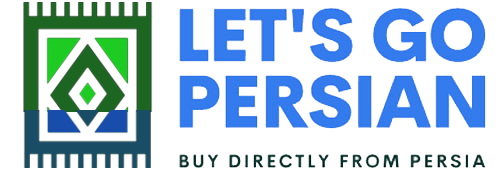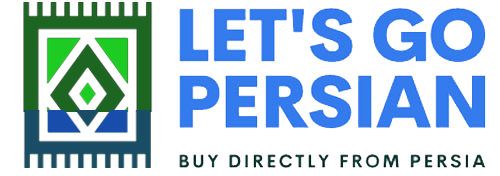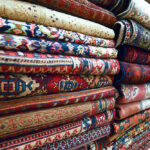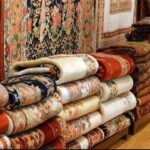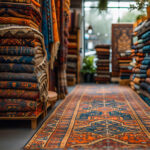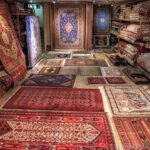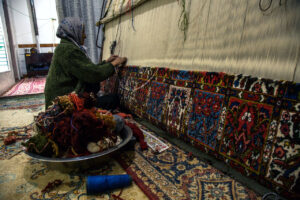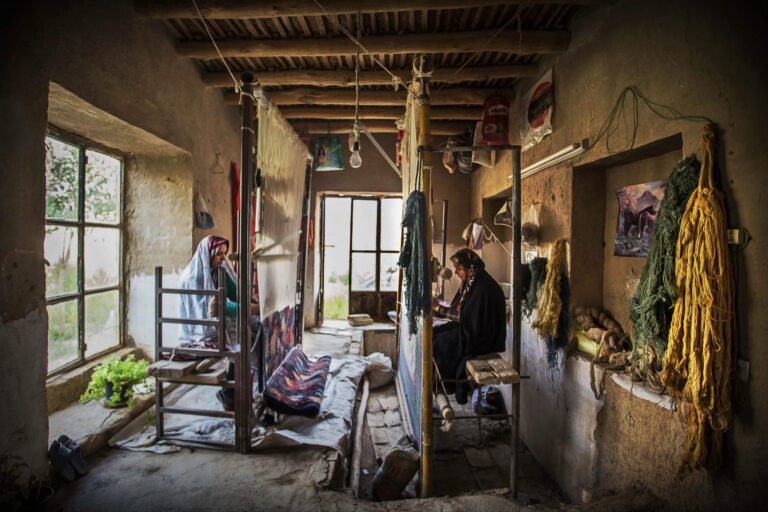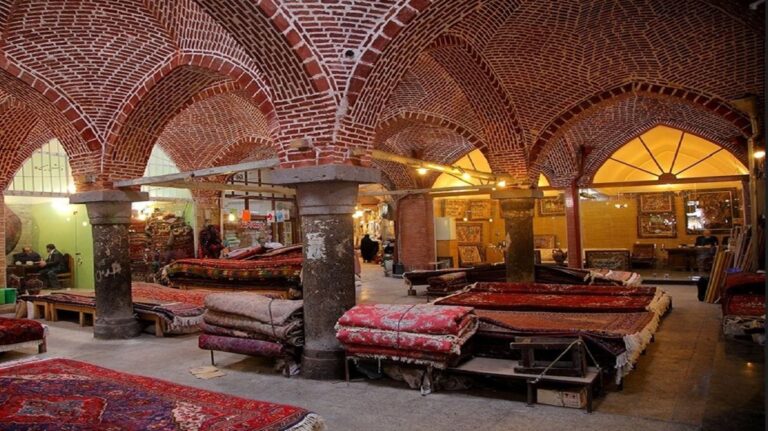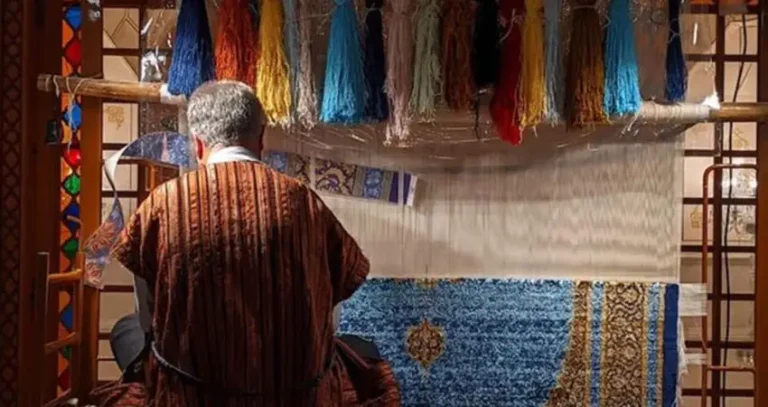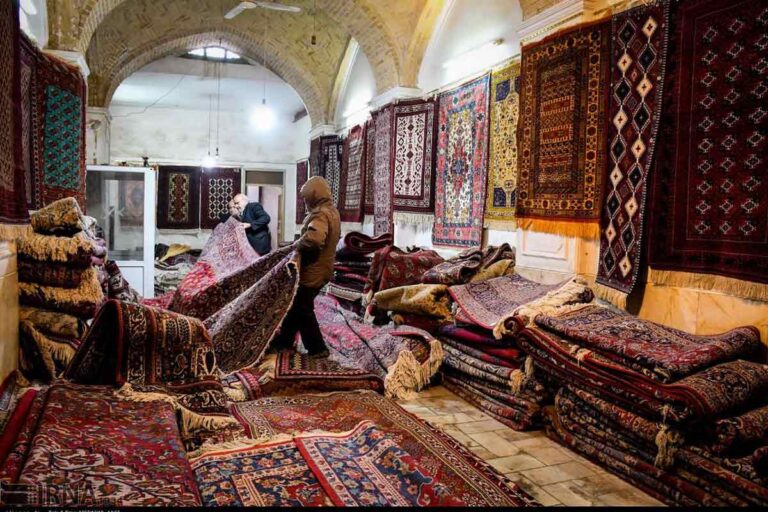Buying a Persian Carpet in Iran: What I Learned and What It Cost Me
Why Persian Carpets Are Still a Smart Buy 2025
Walking into a Persian carpet store in Iran for the first time can feel overwhelming. There are hundreds of designs, colors, sizes — and prices that range from $100 to $20,000. If you’ve never bought a handmade rug before, don’t worry. This guide is for you.
1. You Don’t Need to Be an Expert
You’ll hear terms like knot count, silk foundation, vegetable dye, tribal weave — and they all matter. But don’t let it stop you. Focus on what you like. Do you prefer simple, bold patterns or detailed floral designs? Bright colors or earthy tones? Once you know that, everything else becomes easier.
And yes — even if you know nothing about rugs, you can still get a great deal in Iran.
2. Set a Budget (And Stick to It)
Good rugs are available at nearly every budget. Here’s a quick guide:
-
$100–300: Small tribal wool rugs or machine-made carpets
-
$400–800: Medium handmade wool rugs from Hamadan, Kerman, or Shiraz
-
$1,000–3,000: Fine city rugs with silk details (Kashan, Nain, Tabriz)
-
$5,000 and up: Full silk carpets or signature pieces from Qom and Isfahan
Most first-time buyers spend between $500 and $2,000 — and get a beautiful, authentic, handwoven rug that lasts for decades.
3. Ask the Right Questions
Don’t worry about using technical terms. Just ask:
-
Is this handmade or machine-made?
-
What material is it — wool, silk, or both?
-
Where is it from?
-
How old is it?
-
Can I see the back?
Looking at the back of a rug helps you see the knotting and confirm it’s handwoven. A tight, even knot structure is a good sign of quality.
4. Bargaining Is Normal — Just Be Polite
Prices in bazaars are usually negotiable, especially if you’re buying more than one item. But keep it respectful. If something is clearly worth $1,500 and took a year to weave, don’t offer $200. A fair conversation goes a long way.
5. You Don’t Need to Ship It (Unless You Want To)
Most rugs, especially those under 2×3 meters, are easy to roll up and pack in your luggage. If you buy a larger one, most sellers in Iran can handle shipping and export paperwork. Just make sure it’s not antique (over 100 years), which needs special permits.
Buying a Persian carpet in Iran isn’t just a shopping trip — it’s an experience. Don’t overthink it. Take your time, ask questions, and buy the rug that feels right. Whether you go home with a $400 tribal Gabbeh or a $4,000 silk masterpiece, you’ll be bringing back a piece of living art.
